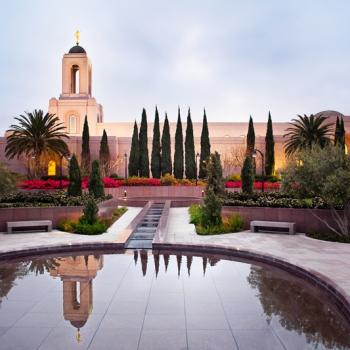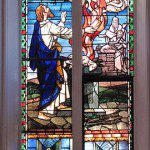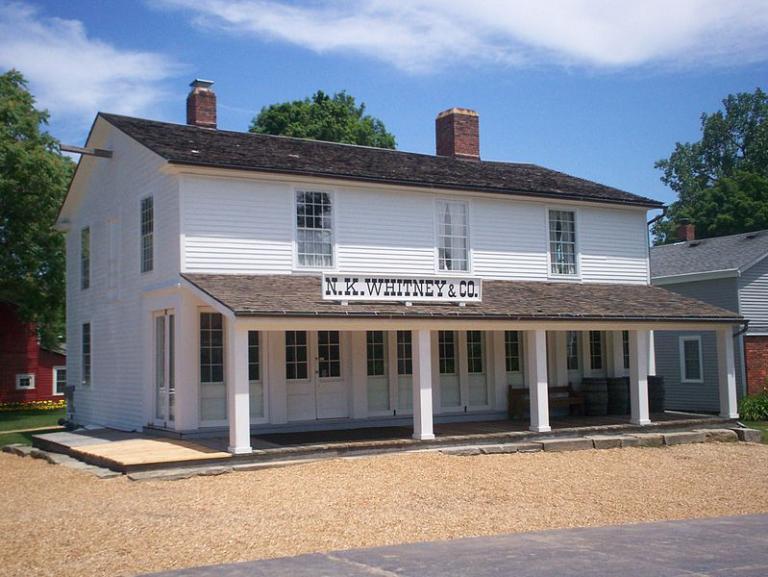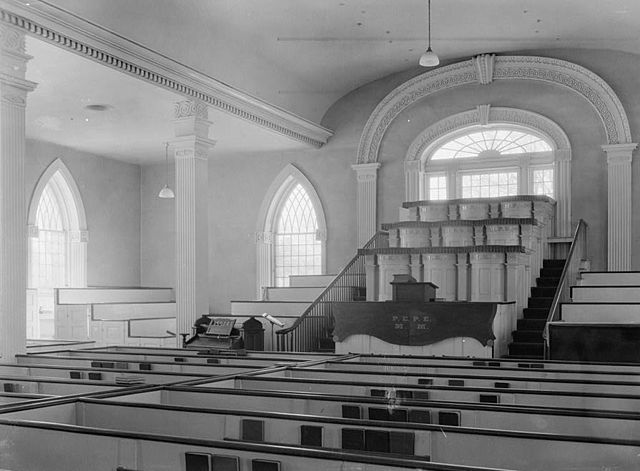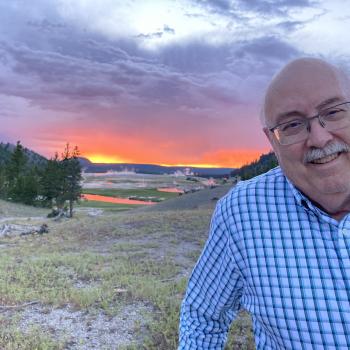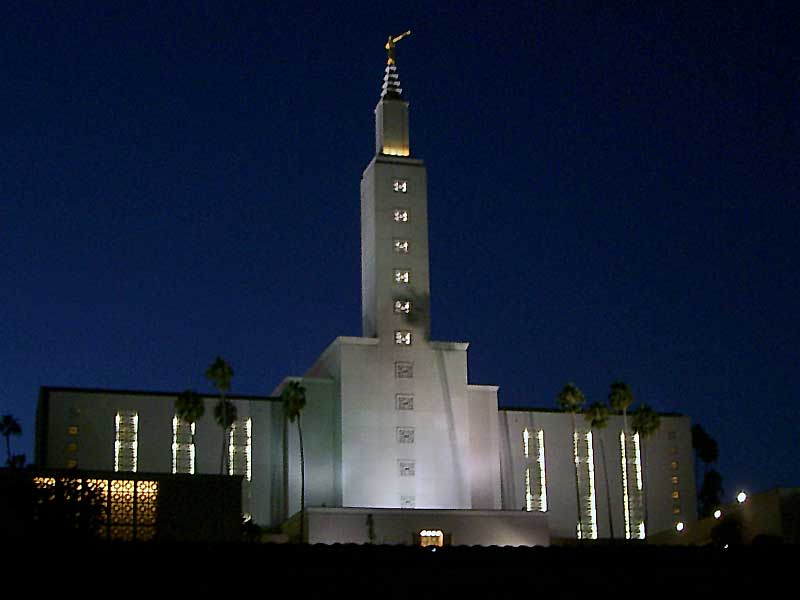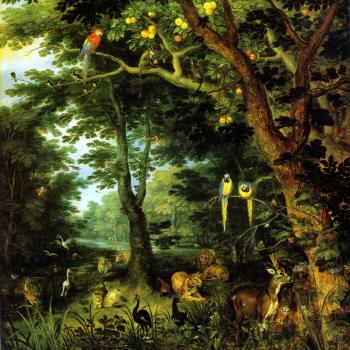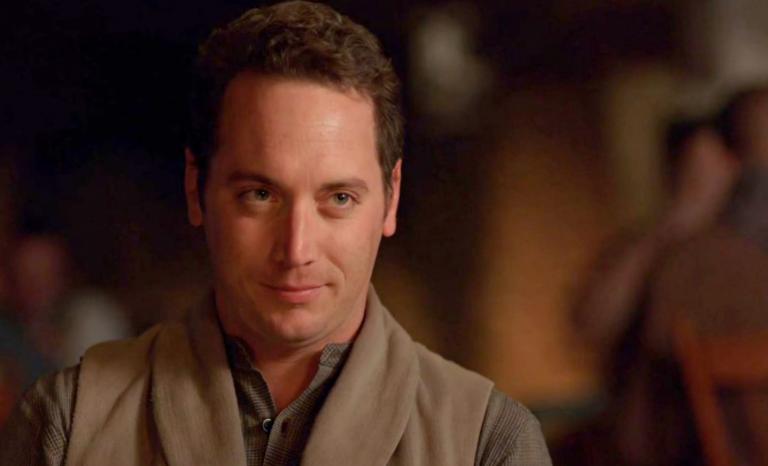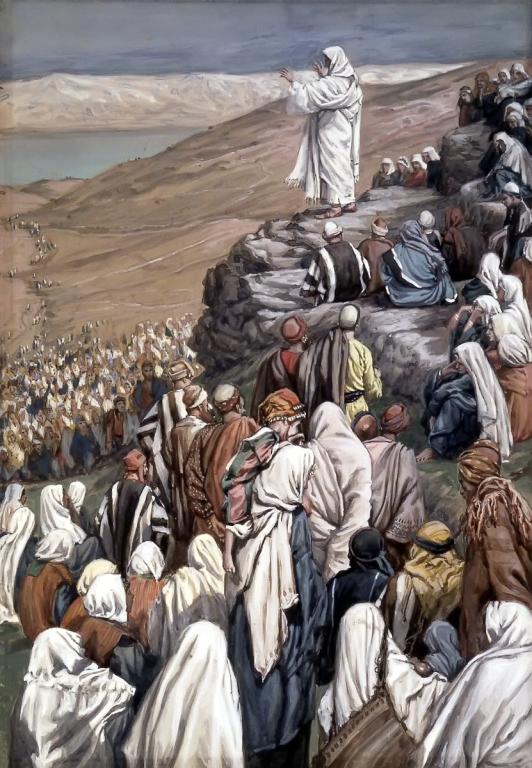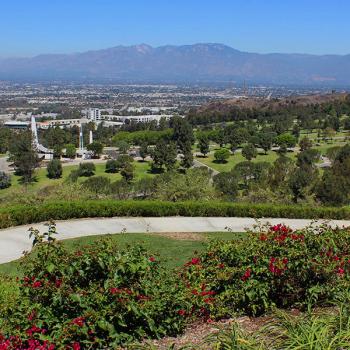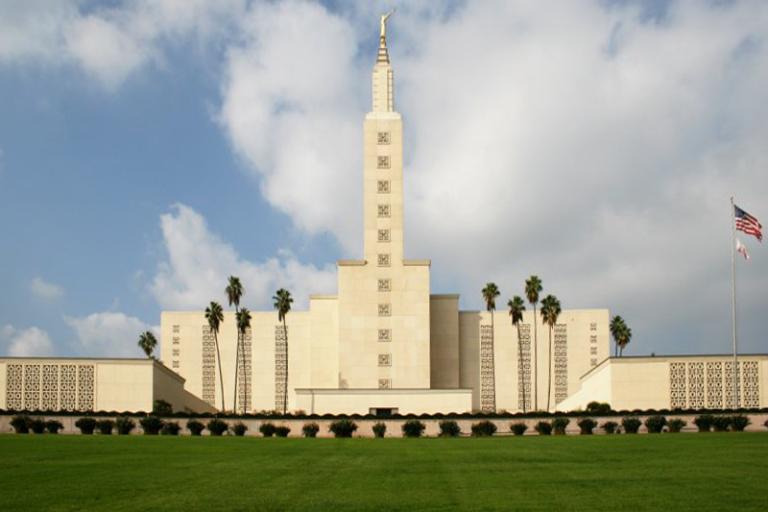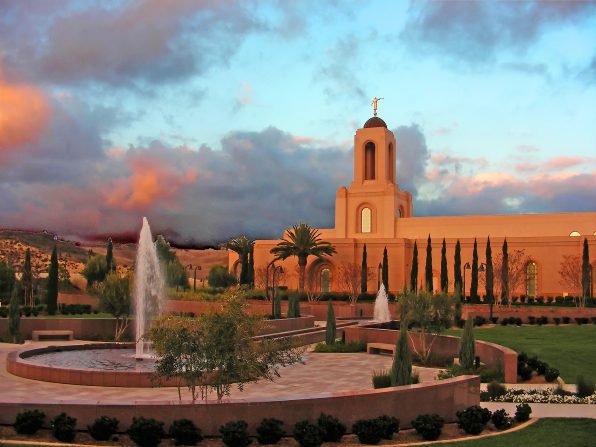
We attended the middle of three English-language sacrament meetings today in the stake center located adjacent to the Newport Beach California Temple. It was absolutely packed, and traffic directors had been posted out in the parking lot to help with the crush. I can only assume, since I’m reliably informed by anonymous online anti-Mormons that the Church of Jesus Christ of Latter-day Saint is shrinking, collapsing, in free fall, that the stake center must have been reduced in size. Otherwise, I don’t see how it could possibly have been full.
I was surprised and fascinated, as we approached the entrance to the temple grounds and the stake center, to see small signs along the street (Bonita Canyon Drive) indicating the direction to the stake center and bearing the full name of the Church not in English but in Persian. As we entered the building, moreover, the area near the kitchen was filled with the richly spiced scents of Iranian cooking (which is wonderful). Afterwards, as we walked out to our car, we noticed a large group of Middle Easterners out on the lawn enjoying a meal. I strode over to one of the missionaries — as I recall, his name tag read Elder Amiri-Tabrizi — and engaged him in conversation.
There is, as it turns out, a Persian-language branch that meets in the building. This morning, they had seventy-four people in attendance, not all of them members of the Church. I assume that the attendees come from a fairly wide geographical area, and that the food was on offer as part of what we sometimes call a “linger-longer.” And, from the look of things, I’m guessing that was quite successful.
I’m delighted. Several years ago, I met with the Persian-speaking elders who were serving in this area at the time, and with the Iranian-born member of the Church who had been assigned to supervise and work with them. They were very optimistic, and it seems that their optimism has been — is being — rewarded. !خداحافظ, I told the missionary as I took my leave to catch my ride. “May God be your Guardian!”
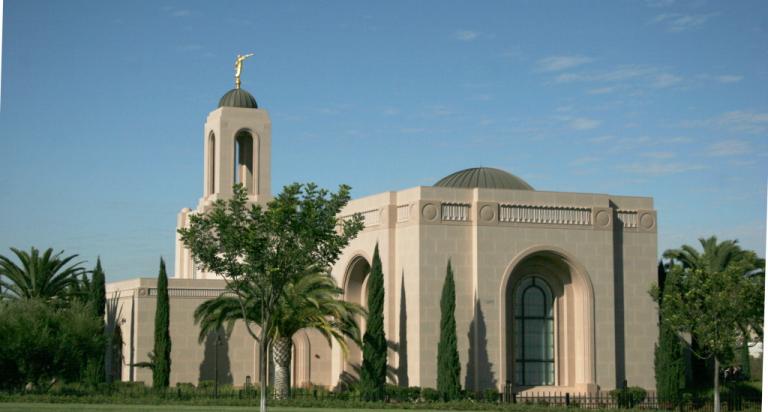
(Public domain photo by Bytebear at English Wikipedia)
The sacrament meeting that we attended this morning was a good one, and I enjoyed it. The two talks were inspiring, and the music was excellent. The stake center has a real, and powerful, pipe organ, and it was wonderful to hear.
But Latter-day Saint worship services are definitely short on grandeur and showmanship. There’s no denying it. So this article caught my attention, and I think it well worth consideration: “The case for ‘low-production’ church: When the speakers are not flashy and the music is confined mostly to hymns accompanied by the piano or organ, you can be confident that the peace and joy swelling within you is not a function of anyone’s talent, but of God taking notice of you in the pews”
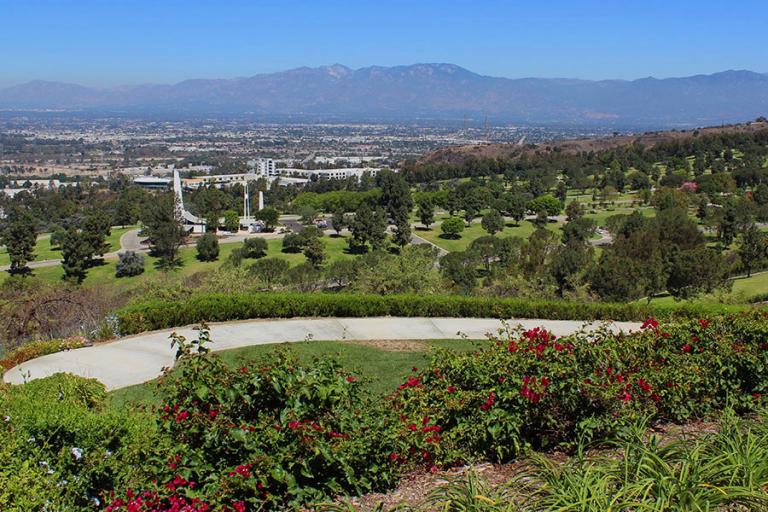
In the afternoon, the friends who are here with us kindly agreed to accompany us to Rose Hills Memorial Park, where my parents (and my grandparents and several aunts and uncles and other relatives and a number of friends and former ward members) are interred. We spent a few minutes at my parents’ graves, which are directly beside those of Wanda and Frenchy Morell, about whom I’ve written here.
You will notice, by the way, that I’m not naming the friends who are here in Newport Beach with us. I don’t feel that they deserve the attention (and the inevitable, umm, tender mercies) of the hawk-eyed detractors who monitor my blog with such avid interest and comment on it with such malevolent gusto. I prefer to keep anonymous as many of my relatives and friends as I can, and thus to prevent their becoming targets of my perverse and obsessive bizarro-world fan club.
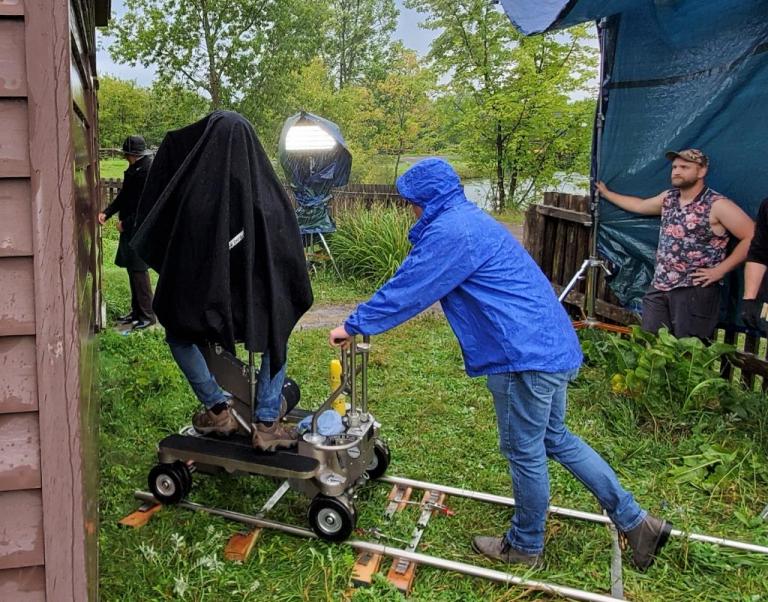
I again call your attention to two of the very short videos that the Interpreter Foundation has recently drawn from its two-part 2022 docudrama Undaunted: Witnesses of the Book of Mormon. The first features Professor Gerrit Dirkmaat:
And so, it happens, does the second, which is entitled “Why Does God Use Physical Objects?” Professor Dirkmaat is an extremely engaging fellow, as well as a well-informed scholar and historian. That’s why we used him so much for our Insights videos. Anyway, take a look at this:
We invite you to watch these short videos and then to share them with others. Please pass them on!
We closed the evening, by the way, with watching T. C. Christensen’s excellently crafted 2011 film, 17 Miracles. Somehow, I’ve never managed to see it before, but now I can recommend it to anybody out there who hasn’t yet watched it. I found the story deeply affecting and moving.
I enjoyed T. C. Christensen’s most recent film, Escape from Germany, which has been (by the standards both of independent filmmaking and of Latter-day Saint filmmaking) an impressive financial success. I commend it to everybody out there. My wife and I feel, though, having now seen each of the two movies, that 17 Miracles is — dare I say it? — a much better film. Certainly I found it more emotionally powerful.
These are stories that we need to tell and retell, to pass on to our children and our grandchildren, as well as to seasoned members of the Church and new converts. The faith lives by stories. That’s why we have the scriptures. It’s why journals and personal histories and handcart treks and Church historical sites are so vitally important. And, to the extent that it contributes to our collective memory, to the sacred duty of remembrance, ay Latter-day Saint filmmaking prosper, and may it continue to grow in power, reach, and excellence.
Posted from Newport Beach, California


